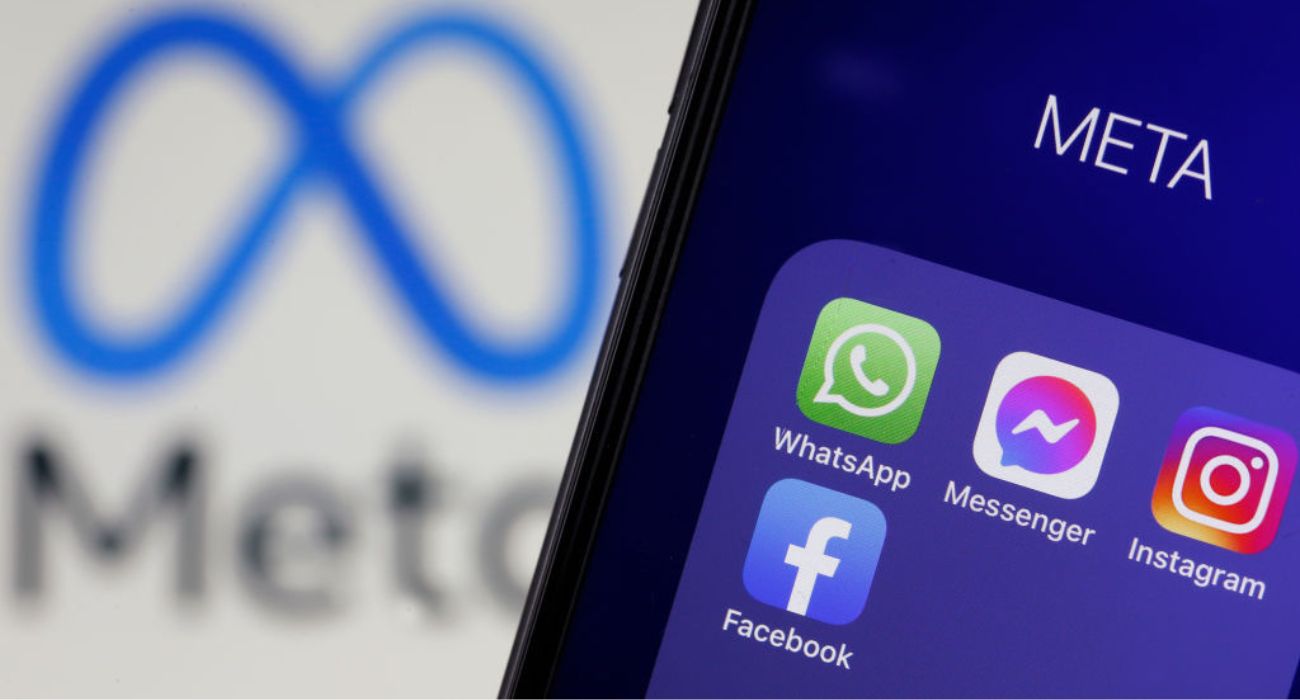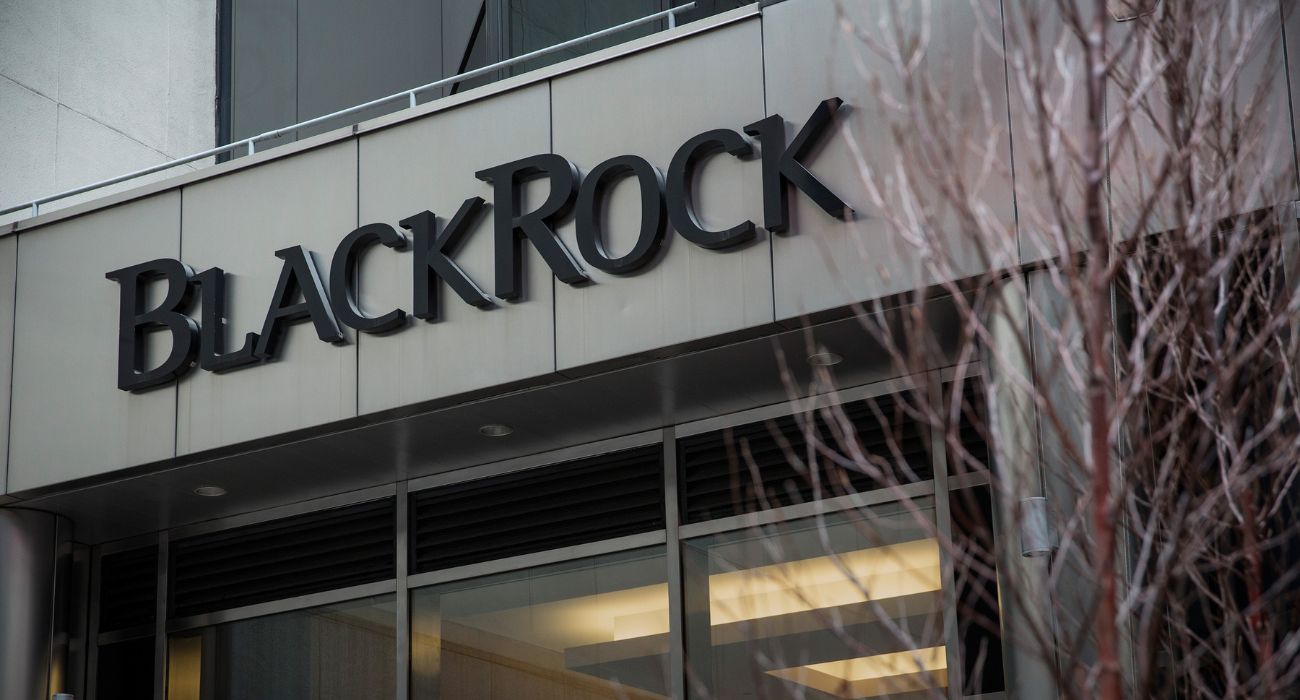Historically high inflation continues to batter American households, even after the Fed has made repeated efforts to suppress it. Increasingly, Americans are seeking out additional sources of income to help pay for everyday goods. In fact, a Bank of America survey from September revealed that nearly 3 out of 10 Americans are “applying for an additional job.”
In November, the U.S. economy unexpectedly added 263,000 jobs, indicating that the central bank’s rate tightening may not be slowing the economy as much as hoped.
Particularly noteworthy about November’s jobs report was the increase in the number of Americans holding multiple jobs, which jumped by 165,000. This represents the highest surge since June, and significantly more than the 60,000 monthly average experienced over the past half-year.
“An increase in part-time work as more people take on side hustles to make ends meet buoyed the headline payrolls number in November,” said Bill Adams, chief economist at Comerica Bank.
The Federal Reserve’s Beige Book, a compilation of “anecdotal information on current economic conditions,” similarly confirmed that Americans are relying on secondary income sources, like part-time work, over and above their full-time job.
“Nonprofit service providers noted an uptick in the number of clients relying on side gigs to make ends meet or as pathways to financial self-sufficiency,” stated the Atlanta Fed.
Broad inflation in the United States was 7.7% in October, a new four-decade high. While wages also rose, when accounting for inflation, Americans were actually earning 2.8% less in October 2022 compared to October 2021.
The Bank of America survey found that Americans are not just looking to boost their income amidst high prices but also looking for ways to reduce expenses. Over three-quarters of survey participants indicated that they altered how they shop for groceries. For example, 4 out of 10 participants revealed that they increasingly buy more generic food brands.
Americans are also keeping an eye out for deals, especially as the Christmas season approaches, often fraught with tight budgets.
While the pandemic temporarily helped pad savings, buoyed by the massive stimulus program, that buffer appears to have vanished. October saw U.S. personal savings rate fall to 2.3%, the lowest level in 17 years. At the same time, household debt accelerated during the third quarter at its fastest rate in 14 years, with credit card balances ballooning by 15%.
Tuan Nguyen, a U.S. economist at RSM, said that the economy looks bleak.
“Relying on savings and inventories won’t bolster spending for too long… It is likely that this holiday season might be the last for a while with such a strong spending push,” he warned.






